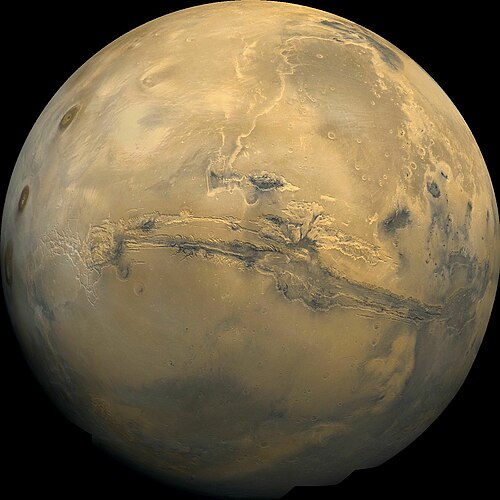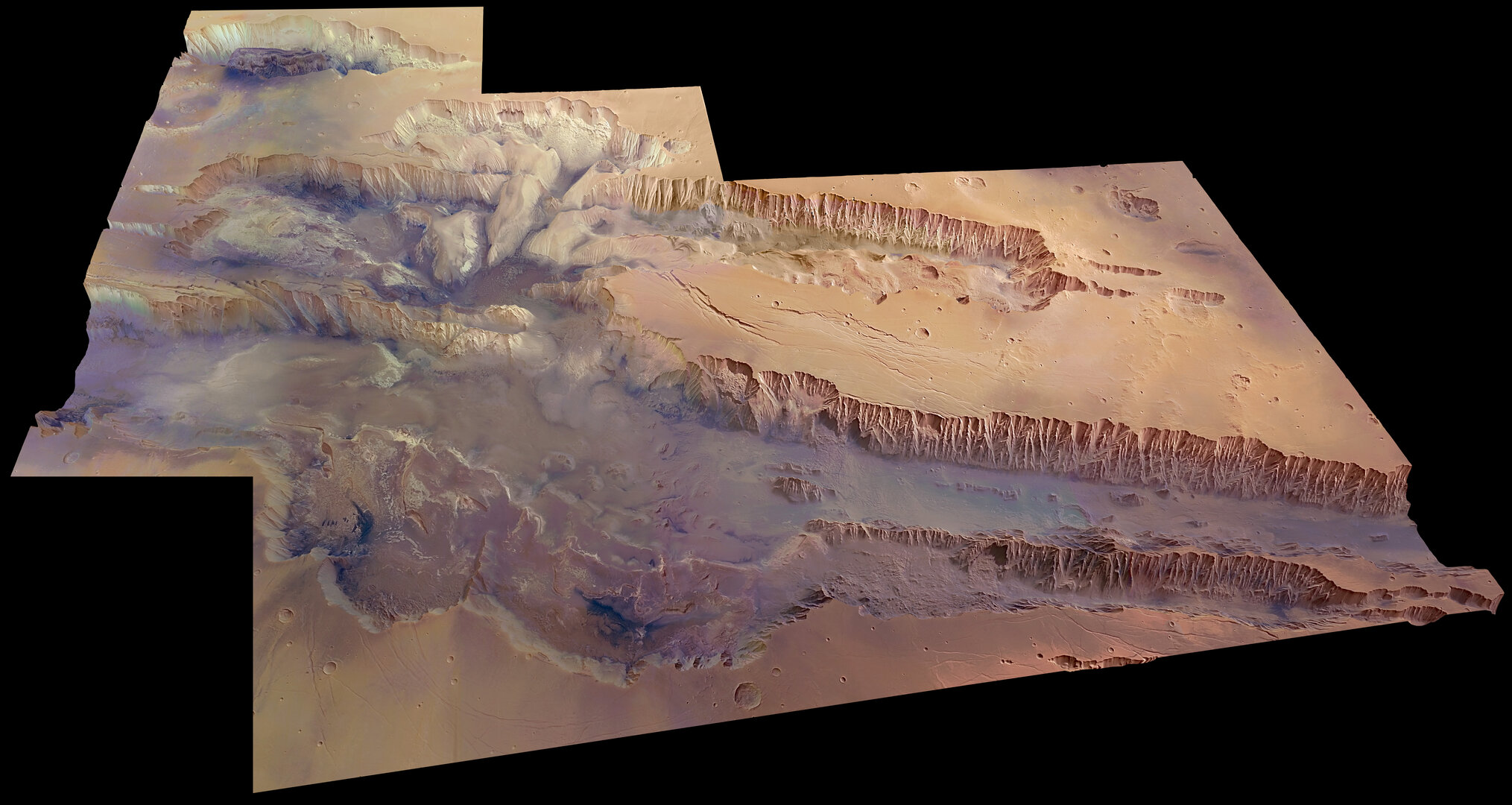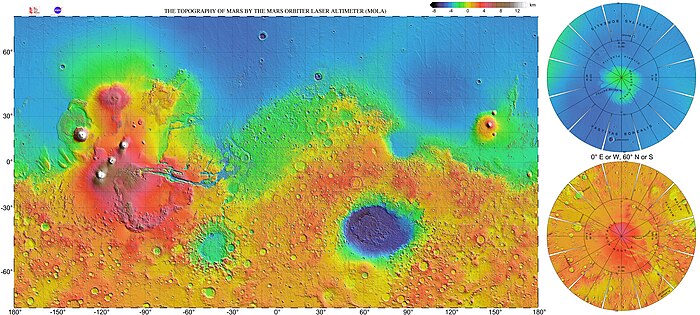
An introduction to the biggest available island on Mars
For the ambitious amongst you, Elysium has the potential to be the biggest island on Mars after terraforming. Its broad plains and gigantic craters give building and exploration options that will keep you busy. Read on to discover what you can do on your visit here.
Right on the equator
Centered directly in the heart of Mars, Elysium is the second largest volcanic region on the planet. 1060 by 1490 miles in size and containing 4 volcanoes, this vast area is far from boring. With eruptions a daily occurrence you’ll need to stay on your toes here! They are a sight to behold and are no doubt one of the most popular tourist attractions on the planet. There are also several large trenches in the area, so be careful to remember where you placed your belongings as they could easily get lost!
Ash-covered ice

There is a large volume of ice in the Elysium Planitia similar to the size of the North Sea back here on planet Earth. Unfortunately, the ice is covered by a layer of ash, meaning that you’d be better off leaving your ice skates at home. The ice is thought to have formed at least 2 million years ago, and with terraforming technologies available we’re ensuring it melts as carefully and cleanly as possible. Perhaps in the future this place would be perfect for a relaxing swim, but you’ll have to keep that idea ‘on ice’ for now.
Rootless cones
If this is your first visit to the heaven on Mars that is Elysium, you’ve probably never heard of these before. When the buried ice is heated by nearby lava, it vaporizes and expands under the ground. This creates a mini explosion, forming a cone in the land. These grooves are well-suited for use as a natural skatepark, and you may find people landing tricks all around you here. If you want to join in just make sure you bring a helmet, as some of them are incredibly steep!
The biggest island on Mars after terraforming
Size matters, and ambitious explorers will also find a large volume of flat terrain here. Once terraforming is complete, this will be the biggest island on Mars, supporting large quantities of life. The vast nature of the area means this could easily become the economic capital of Mars, dependent on the objectives of those who take control here. All this is enough to keep you extremely busy, as conditions may pose problems to terraforming that you may not have anticipated.
Elysium is an essential visit
If you’re coming to Mars, you simply must visit the Elysium area. With its broad landscape, nearby volcanoes, and interesting surface, the island is begging for exploration and development. We suggest you see this place in all its beauty, as it’s a land in transition from a red wasteland to a glorious Garden of Eden on Mars!
























